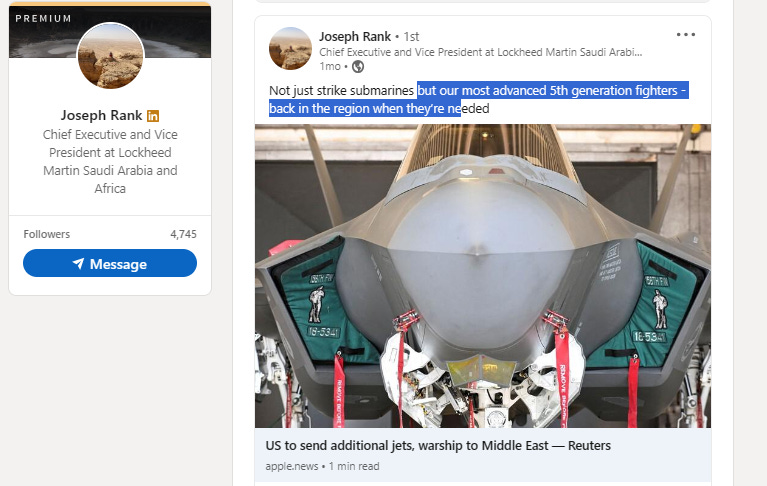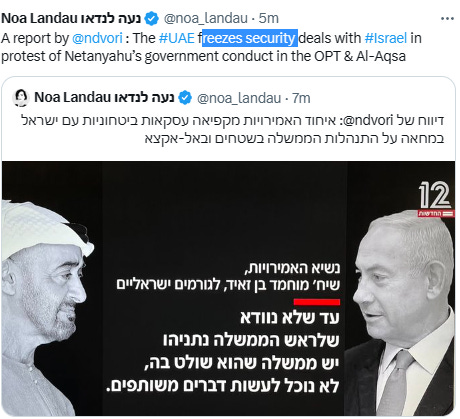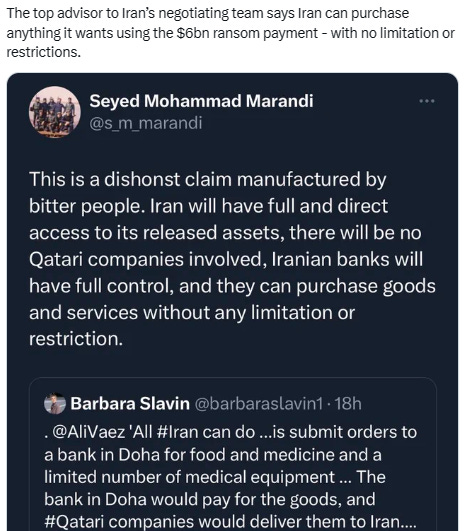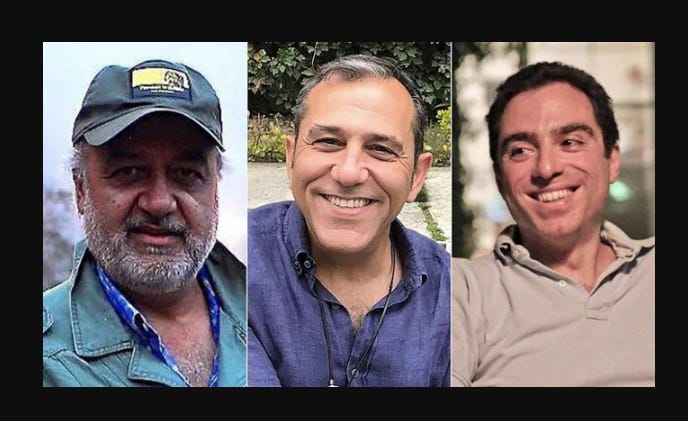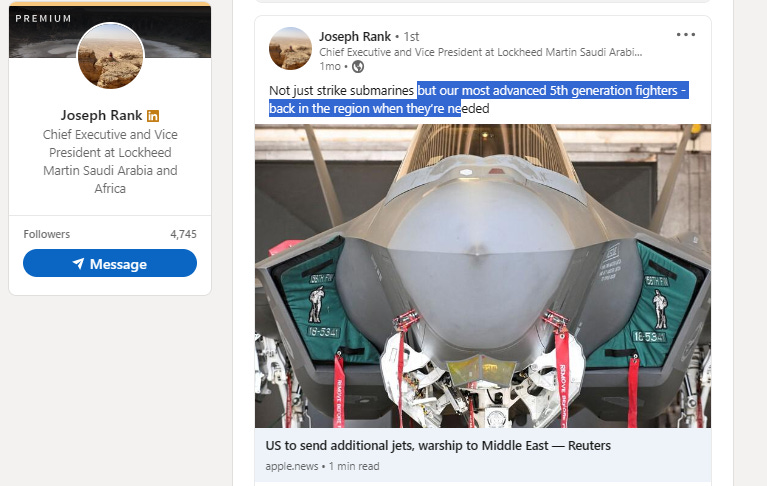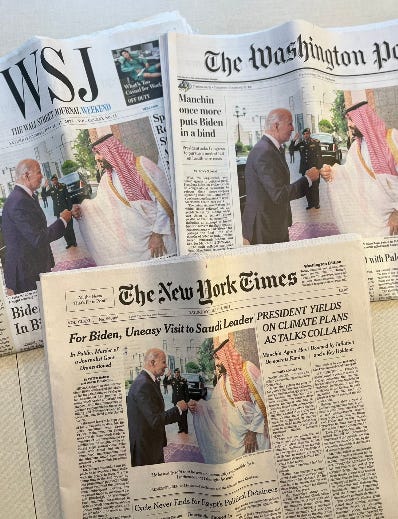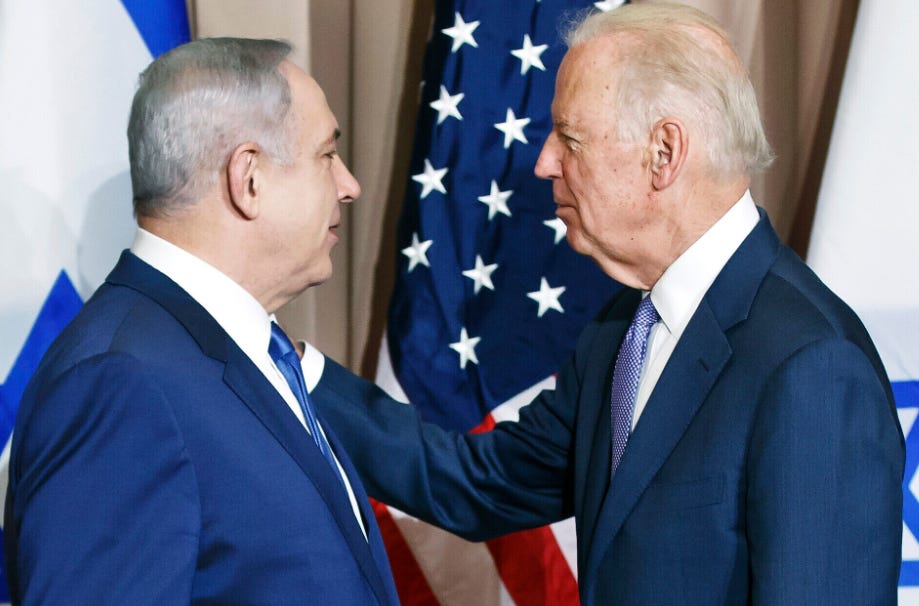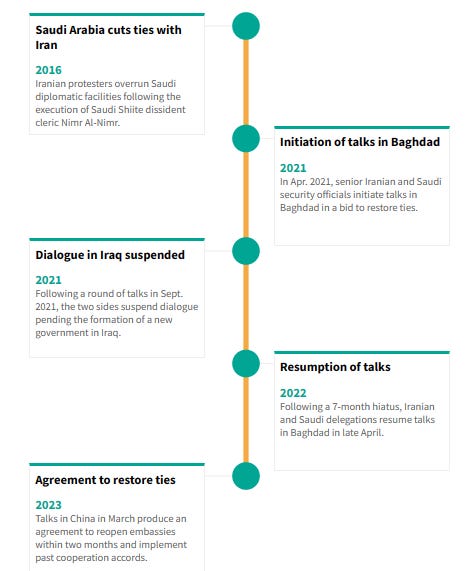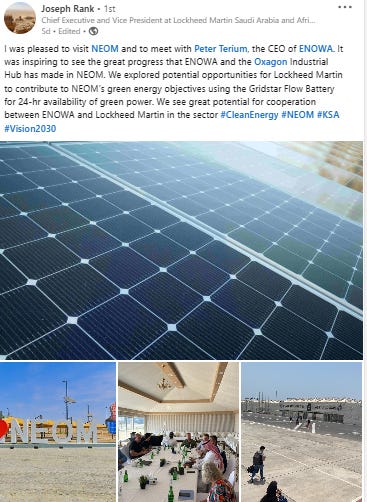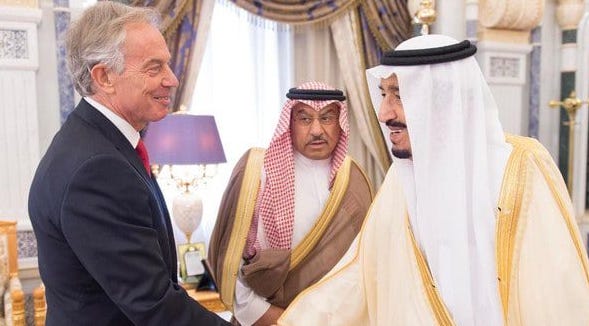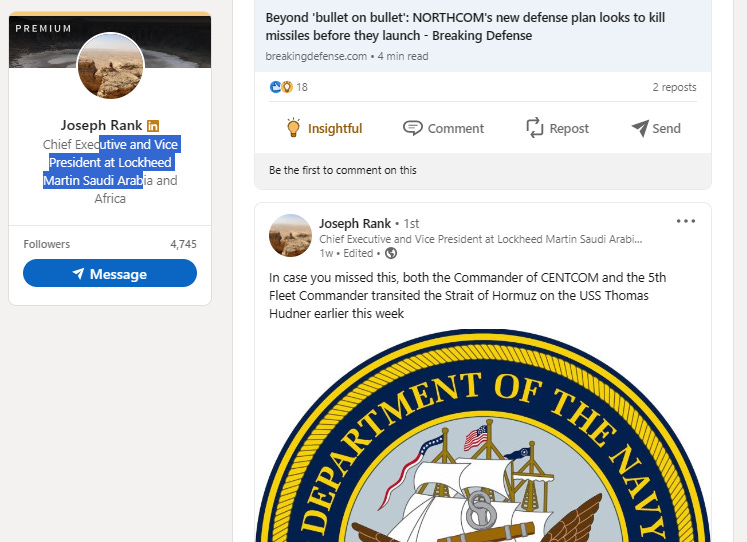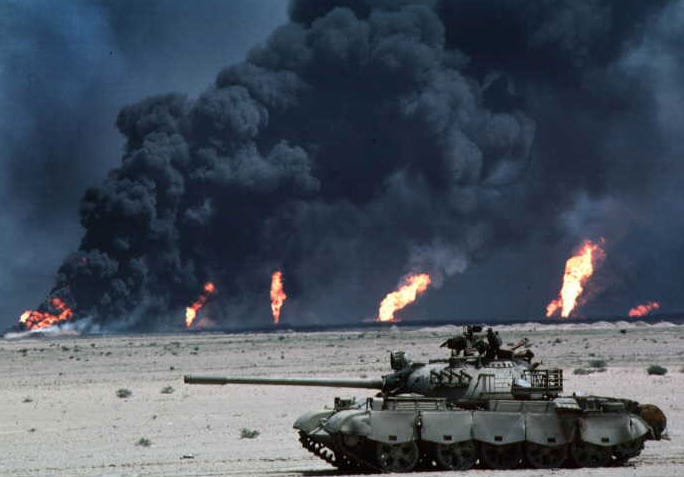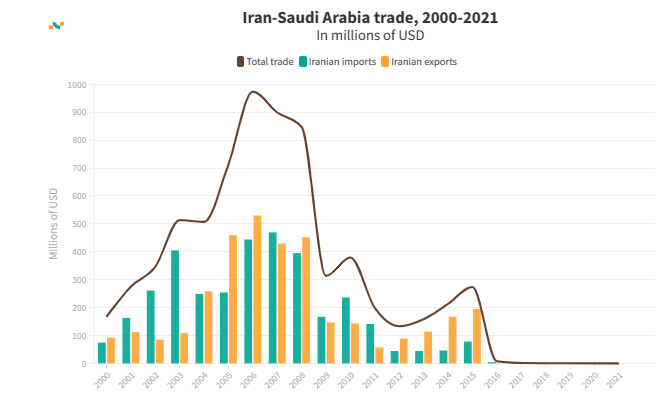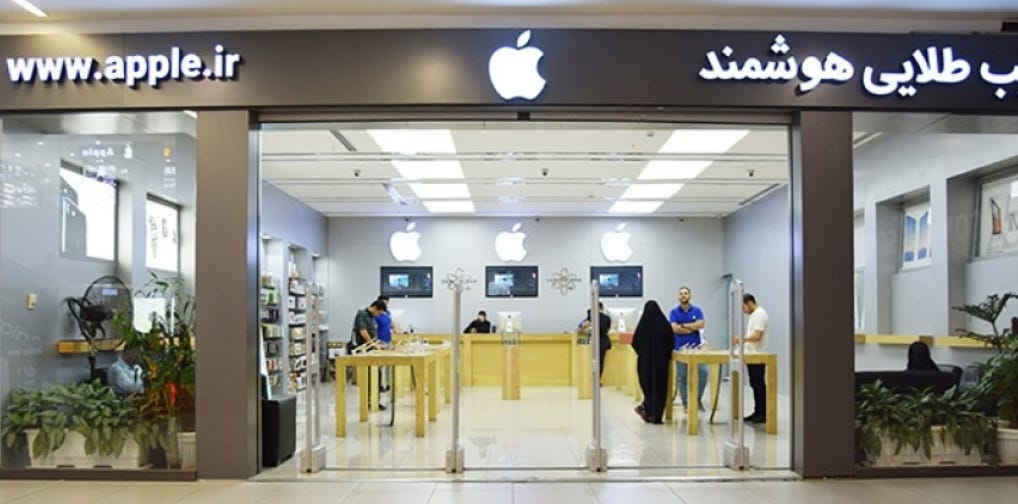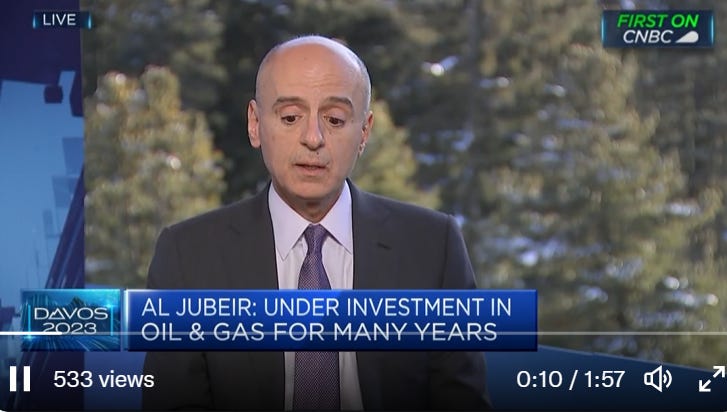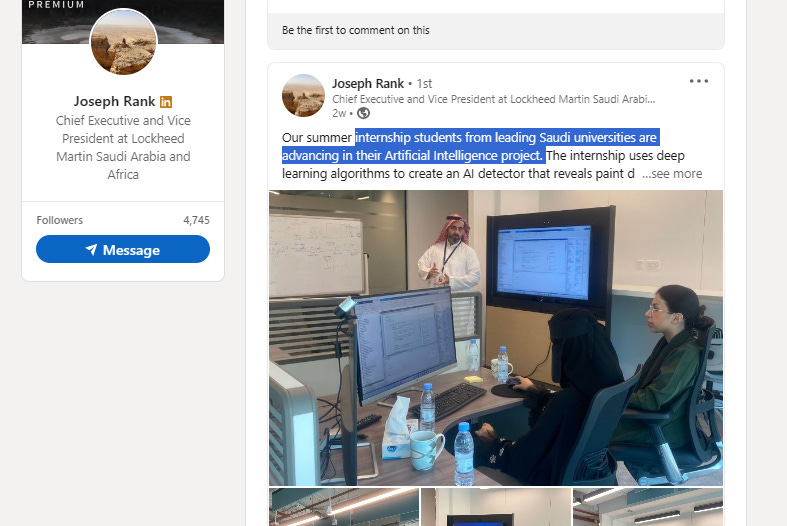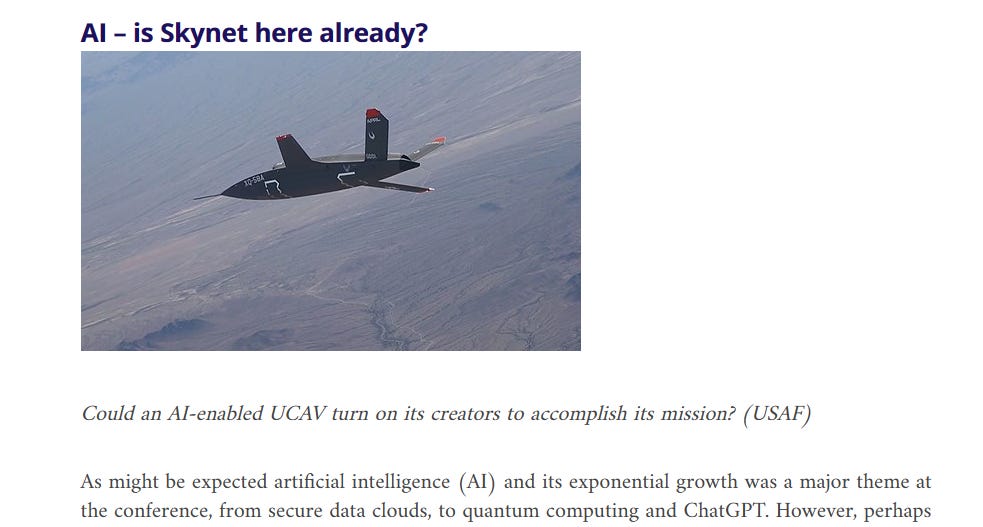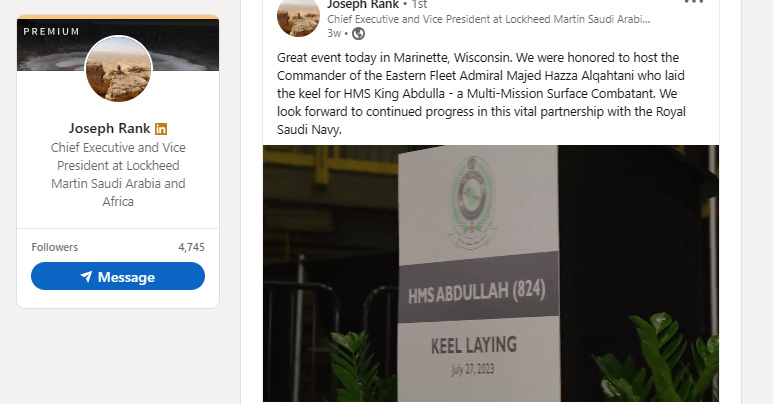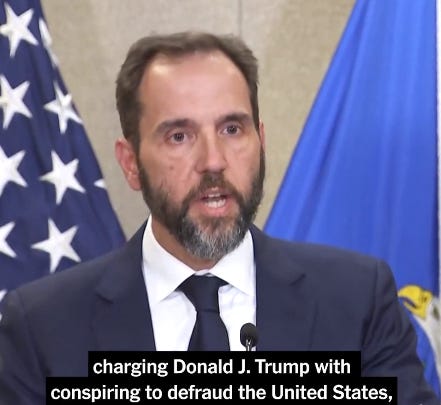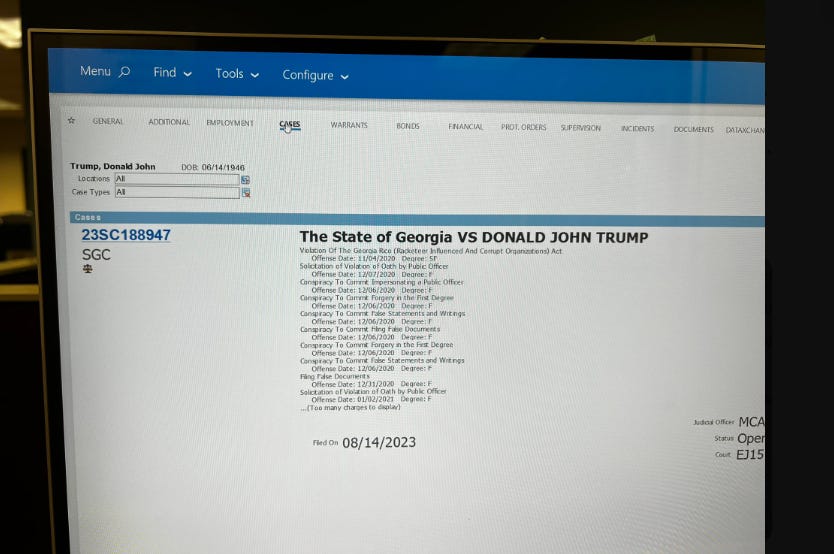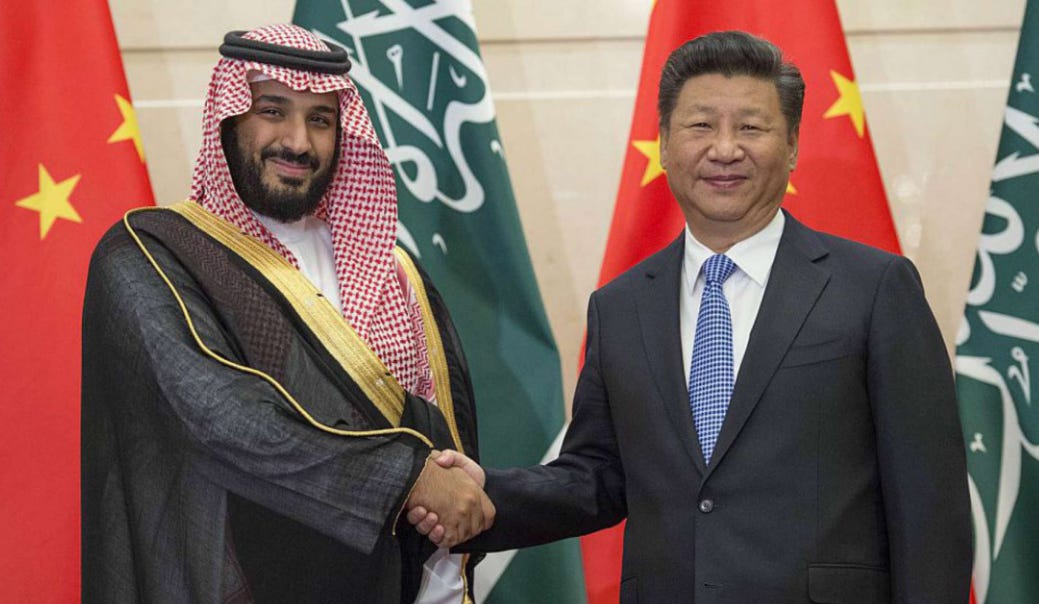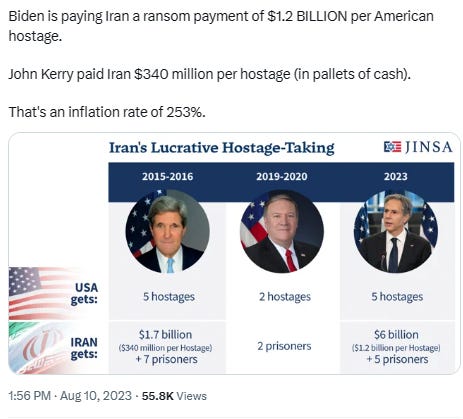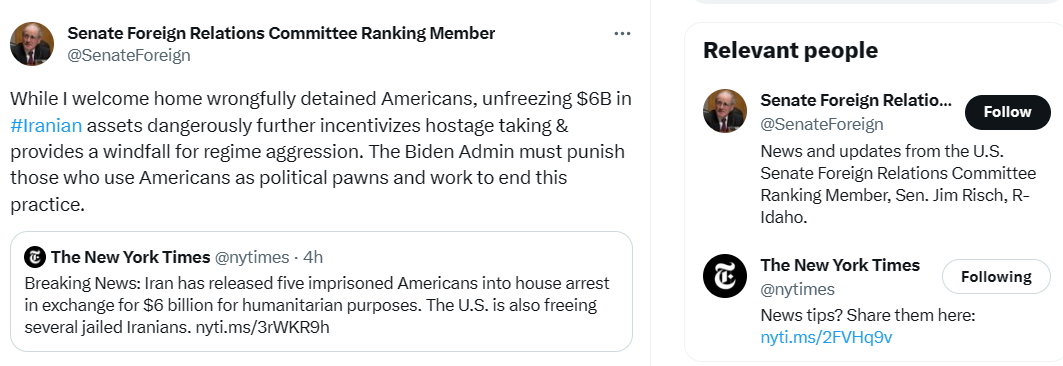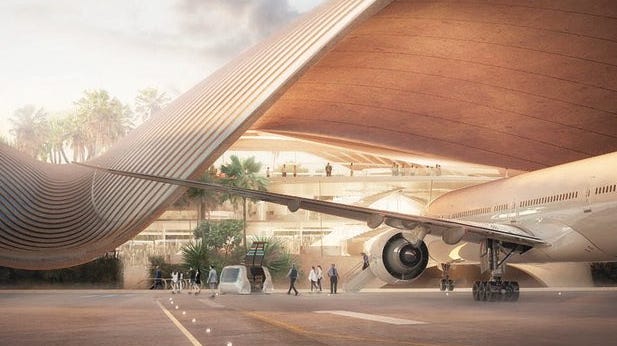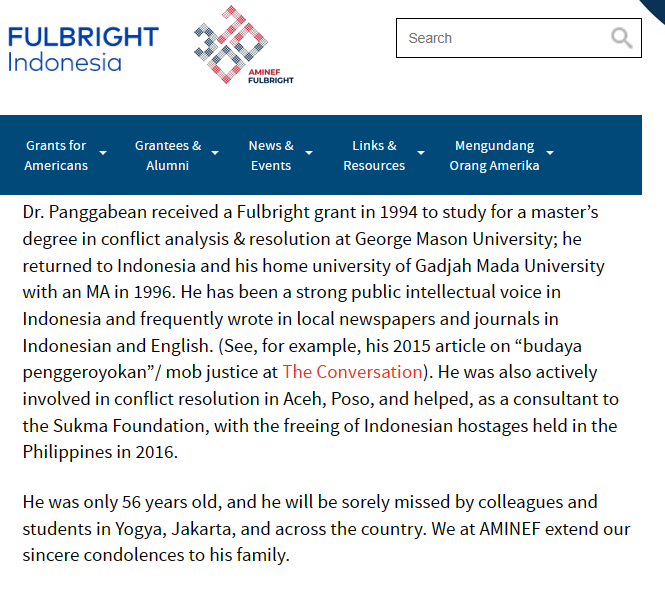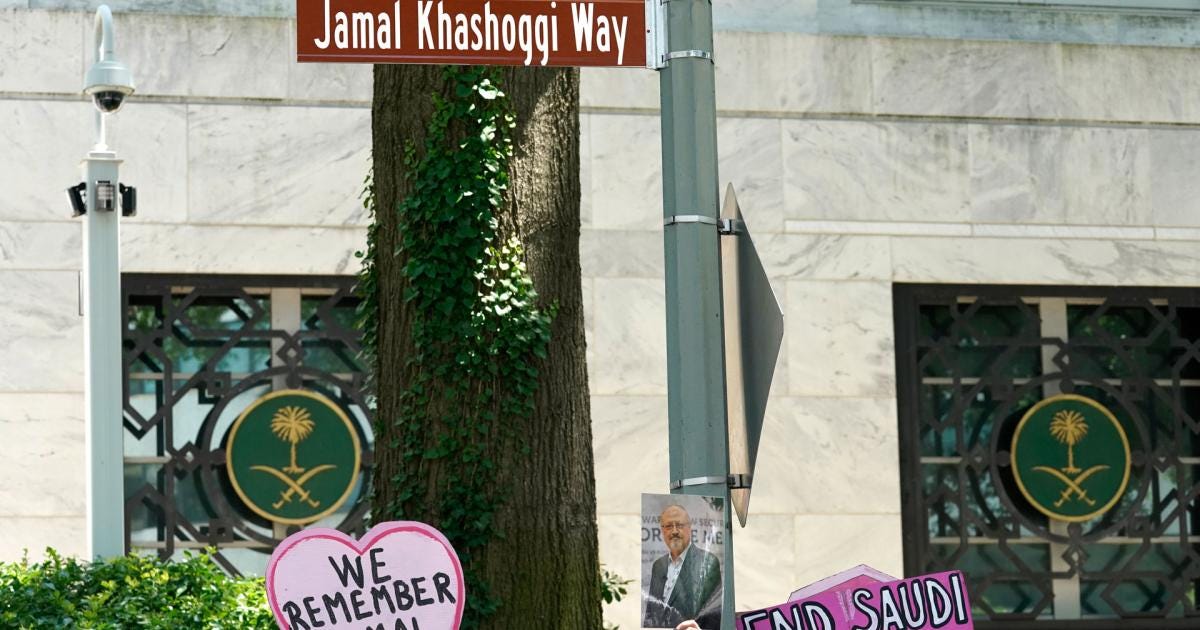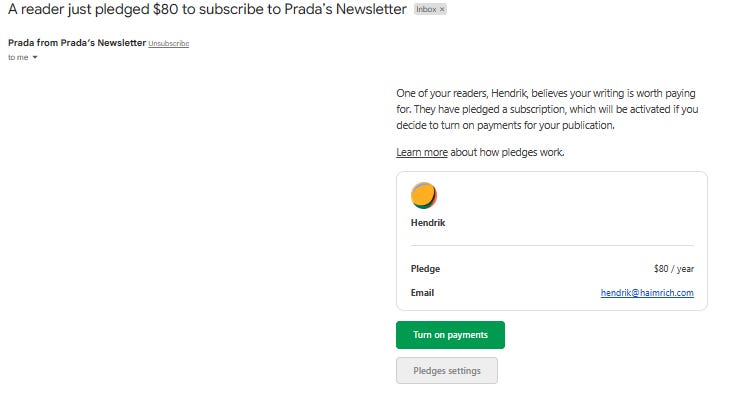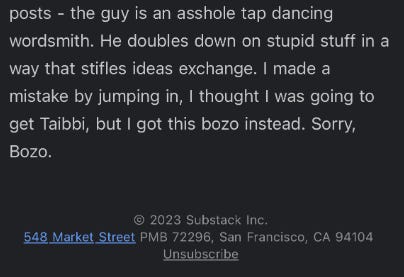6.21pm Riyadh / 6.51pm Tehran / 11.21am DC
Thanks for tirelessly effort by Foreign Minister Wang Yi (in period: his effort May-Oct 2022, then Wang Yi replaced by Qin Gang since Dec 27, 2022, but reappointed again in June/July 2023 after Qin Gang disappear), two big enemy, Saudi (Sunni) - Iran (Shiite) now set a (really solid) peace.
After (again, THANKS SURPRISING EFFORT by CHINA for mediating) Saudi-Iran peace deal, Saudi give a test to the White House: asks nuclear and NATO-style security guarantee for Saudi if Biden asked MbS stop to dependence with Beijing and Tehran. Between June-July. Unclear response by the White House.
And then, days ago, Saudi Prince MbS meet Hossein Amir-Abdollahian. The White House, again, unclear response.
No, Saudi doesn’t want money, arguably Saudi’s ARAMCO is worth US$ 6-7 Trillion. Nuclear weapon and “NATO-style” security guarantees are bigger than US$1.5 billion of course.
Saudi Arabia has hosted Iran’s foreign minister, reciprocating a landmark Saudi trip to Tehran in June. The Iranian visit follows the China-mediated deal between Riyadh and Tehran in March to normalize diplomatic relations.
While Hossein Amir-Abdollahian met his Saudi counterpart and the crown prince for a total of five hours, details are scant on the practical outcome of the talks. Notably, progress on bilateral cooperation is further complicated by US sanctions, and Washington’s reported push for Saudi Arabia to normalize ties with Israel—Iran’s arch-rival in the region.
The meetings: The Saudi Press Agency (SPA) on Aug. 18 reported that Crown Prince Mohammed bin Salman Al Saud (MbS) received Iran’s Foreign Minister Hossein Amir-Abdollahian in Jeddah.
The agenda included bilateral relations, opportunities for future cooperation, and regional and international developments. SPA also noted that Saudi Foreign Minister Faisal bin Farhan Al Saud and new Iranian Ambassador to Riyadh, Ali Reza Enayati, were in attendance.
Two days earlier, on Aug. 16, the prominent Kuwaiti daily Al-Jarida cited sources at the Iranian foreign ministry as saying that Amir-Abdollahian had requested to meet with the Saudi King in addition to MbS. Of note, Farhan was not received by Supreme Leader Ayatollah Ali Khamenei during his June visit to Tehran.
Taking to Twitter/X, Amir-Abdollahian said his “90-minute” meeting with MbS entailed a “beneficial, frank, productive and transparent conversation that was based on [the Ebrahim Raisi administration’s]neighborhood policy.”
The Iranian top diplomat further charged that “with the will of the leaders of the two countries” there was an emphasis on “[establishing] sustainable bilateral ties in all fields.” He added, “We agree on achieving development and security for all in the region.”
In remarks to reporters on the plane home, Amir-Abdollahian said his Saudi hosts had sought to underscore a change in their views and a readiness to “turn a new page” in the bilateral relationship. He also said that MbS had accepted an invitation to visit Iran and that Farhan had been instructed to take “preliminary steps to prepare the framework for…[a] long-term cooperation document.”
Upon his arrival in Riyadh on Aug. 17, Amir-Abdollahian met with his Saudi counterpart Farhan. According to Iranian media, the two top diplomats engaged for a total of 3.5 hours.
Saudi-funded Al-Arabiya reported that the two sides discussed “the reconciliation and restoration of diplomatic ties.” It further highlighted comments made by the Saudi foreign minister during his visit to Tehran in June, when he asserted that bilateral ties must be based on “mutual respect and non-interference in internal affairs.”
Later in the day Al-Arabiya also reported on the joint press conference held by the Iranian and the Saudi foreign ministers.
Farhan highlighted Saudi Arabia’s resumption of ties with Iran as “pivotal for the security of the region,” emphasizing Riyadh’s keenness to “activate economic and security agreements” with Tehran.
Al-Arabiya cited Amir-Abdollahian as confirming that Iranian President Raisi “would visit the Kingdom soon.” He further praised Saudi Arabia’s “role in the region” and voiced openness to “work with Saudi Arabia to immediately resolve tangled issues in the region.” Amir-Abdollahian also asserted Tehran’s keenness on activating “key [bilateral] agreements.”
The coverage: On Saudi social media, reactions to the Iranian foreign minister’s visit were mixed.
The absence of Saudi objections to Amir-Abdollahian’s use of the term “Persian Gulf” at his joint press conference with Farhan sparked reactions among Emirati and Saudi users on social media. Of note, the body of water separating Iran and its southern neighbors is known as the “Arabian Gulf” in the Gulf Arab states.
Amir-Abdollahian’s meeting with Farhan is the fourth between the two ministers since the Mar. 2023 normalization deal brokered by China. However, progress remains slow and behind schedule. Under the Beijing-mediated accord, embassies were meant to be reopened by May 10.
Iran reopened its diplomatic missions in Saudi Arabia in June. Moreover, Tehran’s new ambassador to Riyadh only assumed his position in connection with Amir-Abdollahian’s recent trip.
Saudi diplomats remain stationed at hotels in the Iranian cities of Mashhad and Tehran. It is unclear whether the Kingdom’s new envoy is in Iran. In the wake of Amir-Abdollahian’s visit, reports have emerged that an “announcement regarding the reopening of the Saudi embassy in Tehran and the Saudi consulate in Mashhad is impending.”
Iran is also locked in a clash with Kuwait and Saudi Arabia over the Arash/Dorra offshore gas field. Kuwaiti media have highlighted Amir-Abdollahian’s remarks about the need to resolve the dispute “through reaching a legal and technical understanding following negotiations.”
Prominent Saudi outlet Okaz highlighted the Kuwaiti foreign minister welcoming Amir-Abdollahian’s visit to Saudi Arabia, describing it as a “bright chapter in the history of Gulf-Iran ties.” The Kuwaiti intervention is notable given the dispute over the Arash/Dorra field.
Kuwaiti chief diplomat Sheikh Salem Abdullah Al-Jaber Al-Sabah said the new “bright chapter” ought to be based on “the principles of good neighborliness, non-interference in the internal affairs of other countries, and enhancing relations and establishing bridges of cooperation, dialogue and mutual understanding.”He further lauded the positive impact of the Iranian-Saudi rapprochement on regional countries.
Senior Saudi official last month told a closed group of experts in Europe that “despite all this positive movement there are many complications and hurdles.” While emphasizing that “the hope” is to resolve issues with Iran, the source warned that “it is too simple to think in that way—and also dangerous, because if you don't see results you will think that de-escalation is in vain or has no results.”
Pointing to the fundamental issues at hand, the Saudi official charged that “Iran’s forward-defense [strategy]” must change in the “very long term.” The senior official continued, “The resumption of diplomatic relations is just that,” likening the situation to how the west has “diplomatic relations with Russia, but you're at war with Russia.”
According to the Saudi source, “not addressing” the [Iranian] nuclear crisis “can not only complicate but also be counterproductive to de-escalation between Saudi Arabia and Iran and the rest of the region.” The Saudi official continued, “In very practical terms, [a failure to resolve the nuclear issue] means that sanctions will continue,” concluding that the “economic benefits of the rapprochement will be very limited,” adding that the Kingdom “is not seeking any [sanctions] exemption.”
While Iranian officials have made clear that there are no expectations of a sudden inflow of Saudi investment and trade, Iran’s new ambassador to Saudi Arabia on Aug. 17 reportedly expressed Tehran’s desire to “consolidate the economic element in bilateral relations.”
The emerging rapprochement between Iran and Saudi Arabia is an outcome of a seemingly genuine shared desire for a changed relationship. However, there are structural factors which make progress difficult.
Key Saudi concerns relate to security-oriented issues—particularly the situation in Yemen, and less so Syria. But beyond the tall order of convincing the Islamic Republic to abandon its “forward-defense” strategy, the Kingdom faces the reality that actors such as the Iran-backed Ansarullah movement, better known as the Houthis, are rather autonomous. Increasingly, it is becoming clear that Tehran’s ability to sway outcomes is limited—even as the Houthis say they are committed to finding a final solution to the war in Yemen.
On the other hand, Iran’s focus revolves around the economic dimensions of rapprochement with Gulf Arab states. In this respect, Saudi officials have privately highlighted that significant direct investment and trade is unlikely as long as the US sanctions regime remains in place. In effect, this ties progress to the Iran-US relationship. To avoid the latter, Riyadh and Tehran may turn their focus to cooperation in third countries, such as Iraq or on the Arash/Dorra gas field. However, collaboration in such arenas will likely also be stymied by western sanctions.
However, there could be light at the end of the tunnel. Iran and the US have seemingly made progress on some of the issues which the two sides have been indirectly discussing this year.
Iran has reportedly abstained from further major accumulation of 60%-enriched uranium, taken steps towards the release of jailed Iranian-American dual nationals, and discouraged attacks on US forces by its regional allies. In exchange, the US has given the green light to the unfreezing of some Iranian assets in third countries for non-sanctionable activities, including food and medicine imports.
The Joe Biden administration’s effort to broker Saudi-Israeli normalization adds further layers of complexity to the Iranian-Saudi and Iran-US dynamics.
Beyond an Iranian presidential visit to the Kingdom and MbS traveling to Iran, there is a potential for Iranian-Saudi engagement on the sidelines of the upcoming United Nations General Assembly.
Thousands of US sailors and Marines landed in the Persian Gulf to pursue a widening mission to protect the strategic waterway, where about a quarter of the world’s oil passes daily.
For decades, the US has in effect guaranteed the security of the Gulf. But Secretary of Defense Lloyd Austin sent 3,000 Marines and sailors for a newly expanded role that, according to news reports, may include boarding US-flagged ships to escort them through the Strait of Hormuz in response to increased Iranian aggression.
“It would be a pretty pronounced change in the way the US polices the Gulf,” Gregory Brew, an oil historian and analyst at the Eurasia Group consulting firm, told me.
The deployment shows that, beyond securing the important energy route, the Biden administration wants to assert US power in the Middle East. With that comes risks, especially if the troops were to actually escort or even board commercial ships. The US did something similar during the Tanker War of 1987 to 1988, in which the Reagan administration reflagged Kuwaiti vessels and escorted them through the strait as a deterrent measure during the Iran-Iraq war — leading to intensive US involvement in the Gulf. That has culminated in the US military enlarging its massive footprint, with tens of thousands of troops in a network of bases throughout the Gulf. Now, the new operation could lock in an even bigger and more ensnared US military presence.
President Joe Biden’s administration says the threat Iran poses to international trade is serious enough to warrant the significant new deployment. “Since 2021, Iran has harassed, attacked or seized nearly 20 internationally flagged merchant vessels, presenting a clear threat to regional maritime security and the global economy,” Pentagon spokesperson Pat Ryder said recently. While Iran denies that it has been harassing ships, some analysts suggested its aggression is in response to US sanctions on Iranian oil exports.
The US is wading into a set of operations where many of the hottest and most complex geopolitical issues of the moment collide: energy prices, engagement with Iran, and China’s rising influence in the region. The most urgent concern may be the meaning of US troops serving as first-responders in situations of potential conflict.
The Biden administration hopes to defuse the tensions in the Gulf, but it could also exacerbate a dangerous, escalatory cycle with Iran that’s been festering since the Trump administration.
“We’re talking about using the lives of US service-members as a deterrent,” Emma Ashford, a researcher at the Stimson Center, told me. “The Biden administration is betting all on deterrence here. And that may well work, but it’s a bet.”
The 3,000 sailors and Marines arrived in the Middle East on August 6 alongside a deployment of US fighter jets to the region.
What exactly they’ll be doing isn’t yet clear: If US troops were to board commercial ships, the details would need to be worked out with the companies and countries in question. US officials told the Associated Press that such a policy is under consideration. (The Department of Defense did not respond to Vox’s questions for this story by press time.)
The Biden administration says that the Iranian threat to tanker traffic is the reason for the deployment of sailors and Marines. Iran seized two oil tankers in a week this past spring. Iran also intercepted a Tanzanian-flagged tanker on July 6, a day after the US Navy intervened to dissuade Iran from nearly seizing two ships. Iran has said that it sees itself as responsible for the security of the Gulf, not least because of its long coastline, and claimed it has not illegally seized tankers.
Other factors may be contributing to Biden’s decision-making: The US might be thinking about balancing China’s increased presence in the Middle East, as epitomized by the spring’s surprise rapprochement between Iran and Saudi Arabia. The US also might be responding to concerns from other partners in the region, especially as the US is pushing for Israel and Saudi Arabia to normalize relations. “The noise has increased a lot from Gulf partners, especially as the [Biden] administration is pressuring Gulf partners on a number of different issues, including normalization with Israel,” Simone Ledeen, who served as a senior defense official in the Trump administration, told me. “It’s certainly connected.”
Above all, Iranian actions in the Gulf could affect oil prices. For President Biden, keeping oil prices low has been a priority of utmost importance. It’s partly why he traveled to Saudi Arabia last summer to make up with Crown Prince Mohammed bin Salman bin Abdulaziz Al Saud. And since then, the Biden administration has sought to reassure Gulf partners like Saudi Arabia and the United Arab Emirates of US commitment to the Middle East.
A more robust US presence in the Gulf might dissuade Iran from further seizures. But it won’t address the deeper, ongoing tensions.
The US has heavily sanctioned Iran’s oil exports since 2018, and the Trump administration sought to hold its exports at near zero. More recently, however, Iranian exports have doubled from last year to about 1.5 million barrels a day, much of it going to China. With more Iranian oil entering the market, the US has responded by seizing some of it. We don’t yet know if the new deployment means that the US now wants to ratchet up the enforcement of sanctions.
In some ways, Iranian oil entering the market has benefited the US. “The fact that the Iranians have been able to export a lot more oil in the last six months is a major reason why oil prices have been kept down,” Brew, the author of Petroleum and Progress in Iran, explains.
Brew says more attention must be paid to why Iran has been attacking vessels in the strait. “The reason they go after tankers, I think without exception, is in response to perceived provocations against their own oil exports,” he told me. “Each of these attempts to interdict Iranian oil then prompted an Iranian response against tankers in the Gulf. So the Iranians are doing this in response to US action.”
If this doesn’t stabilize the Gulf, where does it lead? For experts, the Biden policy recalls the Tanker War of 1987 to 1988.
Amid the Iran-Iraq War, the United States Navy entered the Persian Gulf to protect energy supplies as Iran and Iraq were targeting each other’s oil infrastructure. The US also wanted to assert its influence in the late Cold War moment as the Soviet Union’s petroleum production gave it significant power. Oil prices were spiking, and the US was still dependent on imports (and many NATO members were importers). So the US jumped into the fray and reflagged Kuwaiti tankers and then escorted them out of the strait.
It was a consequential policy change. Before that, few US troops were stationed in the region. Brew calls it “the beginning of major US military operations to secure the flow of oil in the Gulf.”
And the conflict expanded: In April 1988, the US launched Operation Praying Mantis against Iran. Three months later, the US shot down an Iranian civilian airliner and 290 people died.
Clearly, the context for this US deployment in the ‘80s is very different than today: The US isn’t trudging into an all out war.
But that history can teach us about the potential risks of US involvement. “Then as now, the US was looking at measures to effectively extend its defense umbrella over commercial shipping,” Brian Finucane, a former State Department lawyer now at the International Crisis Group, told me. “And so you could see a very similar set of legal issues being raised,” like whether a congressional vote would be needed should the current mission develop into something like 1987-88, when the US regularly engaged in hostilities against Iranian forces. “Are we going to see a replay — the executive branch, essentially taking the country to war, unilaterally, with Iran?” he added.
Even if that seems unlikely, a key question then is whether the Pentagon is introducing US service-members into an environment of imminent hostilities. Finucane is particularly concerned about Pentagon leaders potentially delegating authority to lower level personnel — like a US officer who may be escorting a vessel — and that they could engage in hostilities without sign-off from their boss.
That doesn’t mean that either the US or Iran want war. “The Iranians are generally very, very wary of shooting directly at US military personnel. They usually get proxies or third parties to do the shooting for them,” Brew says.
Nevertheless, the risks of escalation endure.
=========END————
Thank you, as always, for reading. If you have anything like a spark file, or master thought list (spark file sounds so much cooler), let me know how you use it in the comments below.
If you enjoyed this post, please share it.
______________
Professor Hendrik, Professor Eric, and another person, Prof David A. Andelman, former Bureau Chief NYTimes recommended my substack, also some Chief Technology of Financial Times (FT) recommended my substack, not only subscribe. I'd be happy to get more & more PLEDGE and recommendations for better crafted writing (via Bank Central Asia (with my full-name ADI MULIA PRADANA, clearing code 0140119, account number 0201558866 or via STRIPE. For me, prefer Bank Central Asia).
If a friend sent this to you, you could subscribe here 👇. All content is free, and paid subscriptions are voluntary.
—————
——————————————————————————————————
-prada- Adi Mulia Pradana is a Helper. Former adviser (President Indonesia) Jokowi for mapping 2-times election. I used to get paid to catch all these blunders—now I do it for free. Trying to work out what's going on, what happens next. Now figure out and or prevent catastrophic of everything.
(Very rare compliment and initiative pledge, and hopefully more readers more pledges to me. Thank you. My note-live blog about Russia - Ukraine already click-read 6 millions, not counting another note especially Live Update Substack (mostly Live Update Election or massive incident)
=======
Thanks for reading Prada’s Newsletter. I was lured, inspired by someone writer, his post in LinkedIn months ago, “Currently after a routine daily writing newsletter in the last 10 years, my subscriber reaches 100,000. Maybe one of my subscribers is your boss.” After I get followed / subscribed by (literally) prominent AI and prominent Chief Product and Technology of mammoth global media (both: Sir, thank you so much), I try crafting more / better writing.
To get the ones who really appreciate your writing, and now prominent people appreciate my writing, priceless feeling. Prada ungated/no paywall every notes-but thank you for anyone open initiative pledge to me.
(Promoting to more engage in Substack) Seamless to listen to your favorite podcasts on Substack. You can buy a better headset to listen to a podcast here (GST DE352306207).
Listeners on Apple Podcasts, Spotify, Overcast, or Pocket Casts simultaneously. podcasting can transform more of a conversation. Invite listeners to weigh in on episodes directly with you and with each other through discussion threads. At Substack, the process is to build with writers. Podcasts are an amazing feature of the Substack. I wish it had a feature to read the words we have written down without us having to do the speaking. Thanks for reading Prada’s Newsletter.
Wants comfy jogging pants / jogginghose amid scorching summer or (one day) harsh winter like black jogginghose or khaki/beige jogginghose like this? click
Headset and Mic can buy in here, but not including this cat, laptop, and couch / sofa.





